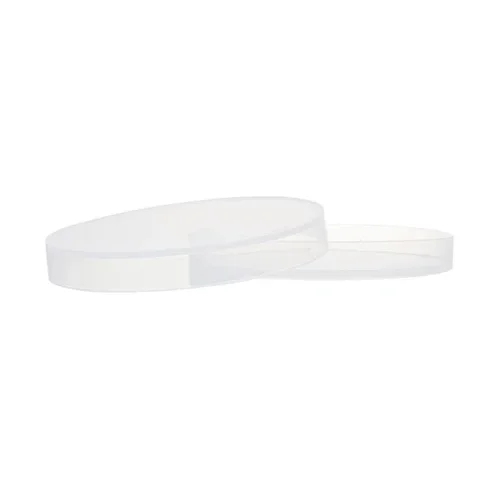A Plastic Petri Dish (Disposable) is a shallow, cylindrical, lidded dish made from clear, lightweight plastic, primarily used in microbiology, cell culture, and laboratory diagnostics to culture microorganisms such as bacteria, fungi, and cells. Disposable Petri dishes are typically made of polystyrene (PS), which provides optical clarity for easy observation of colonies under a microscope or magnifying lens. These dishes are pre-sterilized (gamma irradiated or EO sterilized) and intended for single use, which eliminates the need for autoclaving and reduces the risk of cross-contamination.
They come in vented or non-vented versions:
-
Vented Petri dishes include small notches or ridges on the lid to promote gas exchange, making them ideal for aerobic organisms.
-
Non-vented Petri dishes are fully sealed for anaerobic or reduced-gas environments.
The lid is loose-fitting to allow for air circulation while still protecting the culture medium from airborne contaminants. Most standard Petri dishes are 90–100 mm in diameter, though sizes from 35 mm to 150 mm are available for different applications. Some types feature segmented compartments (2, 3, or 4 sections) to allow simultaneous culturing of different media or organisms.
Feature of Plastic Petri Dish (Disposable)
- These transparent, ready to use, disposable Petri Dishes
- Made of optically clear, non-toxic, polystrene
- These Petri Dishes packed individually in polythylene bags are sterilized by radiation



There are no reviews yet.